
Right from the start, things get moving. No sheet music: the four guys know their Monk by heart!
On the second theme, “Evidence“, it’s Elangué who takes off alone for a tenor stop chorus, where he digs into the harmonies before launching into the first notes of the theme, where the rhythm section joins in, before Tixier launches into a nuanced solo, where arpeggios succeed forcefully plated chords.
With a repertoire like this, you can do anything but try to imitate Monk at the piano. Indeed, if the hermit’s playing is inimitable, his compositions remain extraordinary vehicles for thematic or free improvisation.
There are no elaborate arrangements here, just a playground to explore, and Elangué gives it his all, triturating his tenor from which he draws unheard-of notes as he strolls across the stage, raising his instrument to the sky like a Rollins.
On “Bright Mississipi” it’s Tixier who launches into a little repetitive motif, over which Elangué plays flourishes before laying down the theme. It’s a very rhythmic theme, with a confounding melodic simplicity, as is often the case with Monk. Elangué‘s solo is remarkably fluid, all finesse before ending staccato and handing over to Tixier, who embroiders exquisite variations on the harmonies. His solo is remarkably well constructed, alternating rhythmic ostinatos and melodic flights. When Elangué resumes, it’s as a trio without the piano, then as a duo with only the drums providing powerful, dynamic support. Here again, the shadow of the famous duo of Sonny Rollins and Philly Joe Jones looms large.
 Elangué begins the next piece with a stop chorus: spun sounds, exploration of the tenor range, repetitive motifs leading to the majestic “Pannonica”. Tixier‘s solo here is a marvel of melodic inventiveness, and Elangué adds a discreet, delectable counterpoint before embarking on a solo that also caresses the melody.
Elangué begins the next piece with a stop chorus: spun sounds, exploration of the tenor range, repetitive motifs leading to the majestic “Pannonica”. Tixier‘s solo here is a marvel of melodic inventiveness, and Elangué adds a discreet, delectable counterpoint before embarking on a solo that also caresses the melody.
“Nutty” is dedicated to Tom McLung, the late, magnificent pianist who was a fellow of Elangué. There’s no nostalgia or sadness here: the theme is upbeat, and the four musicians take it in their stride before the tenor and piano launch into a joyous two-part exchange that takes the place of a double solo.
These two have a knack for springing surprises on a repertoire that has already been trodden by many musicians, but to which there is always something to contribute, so great is its melodic and harmonic richness.
The next track is a wild ride on harmonies, with Tixier leading the way, exploring his keyboard with an alert right hand, while the left punctuates the flow with tonic chords. Then it’s Elangué‘s turn to launch into a lively solo that ratchets up the tension, backed by a first-rate rhythm section.
This is clearly timeless jazz, with compositions from over half a century ago serving as a vehicle for modern-day improvisers who revisit them from a totally contemporary perspective. The drum solo that follows Elangué‘s improvisation confirms this with polyrhythmic power.
“Pannonica” is then enunciated note for note as a sax/piano duet, before a melodic and harmonic chassé-croisé begins on the theme, from which the two partners never stray far, such is the richness of the melody that it encourages them to follow it.
But when Tixier launches into variations of staggering rhythmic variety, the tenor momentarily falls silent, before the dialogue resumes with a placid pace punctuated by high-pitched piano trills.
The concert ends with the high-pitched wailing of the sax, which unleashes its fury before the drums. Then it’s back to the theme and the serenity of a concert rich in contrasts.
Line up:
Jean-Jacques Elangué: tenor saxophone
Tony Tixier: piano
Duylinh N’guyên: doublebass
Olivier Robin: drums
©Photos C-cil






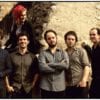

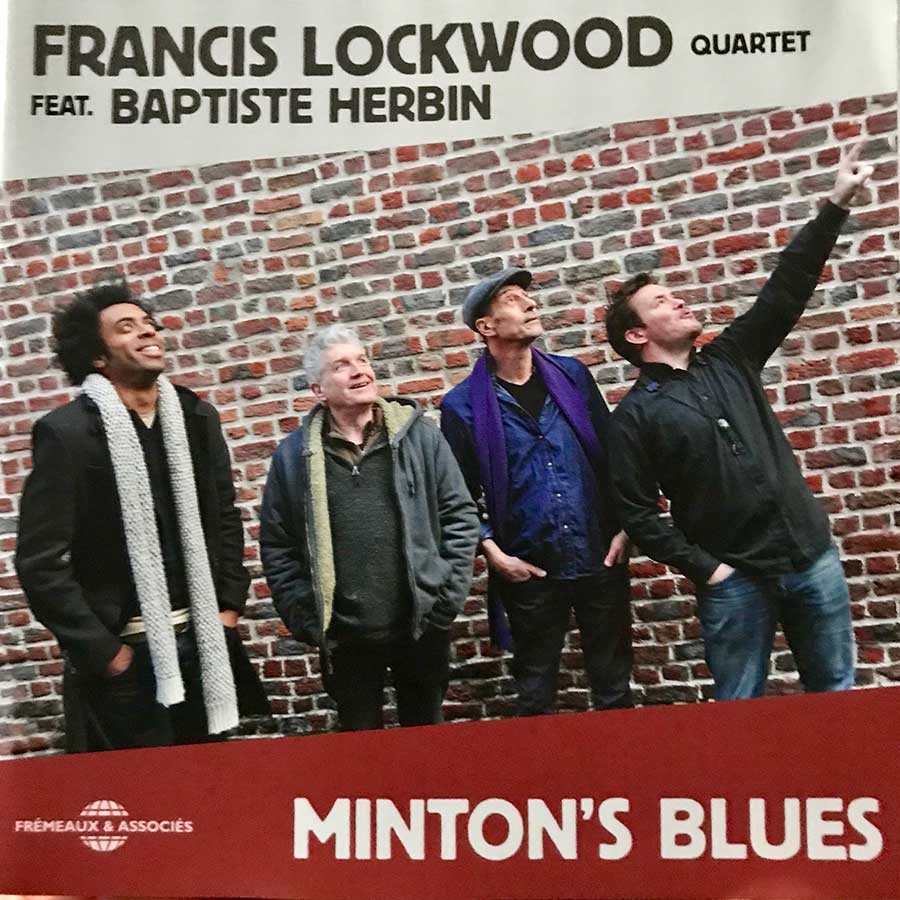
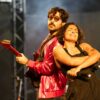

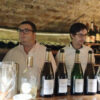


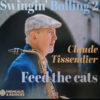
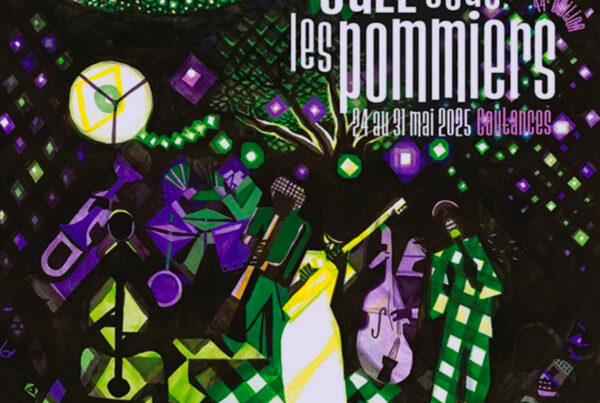




RECENT COMMENTS